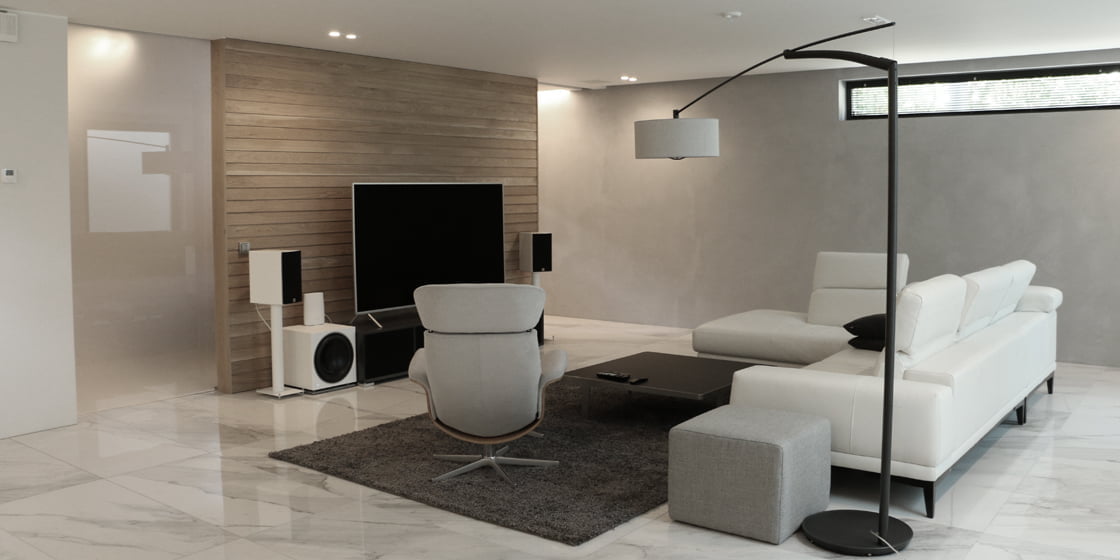The dimming properties of LEDs are particularly important when replacing halogen lamps (or incandescent lamps). LED may be perceived as brighter in efficiency than previous lighting, especially if the LED light source is small and efficient and does not have a glare-reducing diffuser. The hue and direction of (white) light also affect the experience of brightness.
This article discusses in general terms the different dimming needs and options for dimming.
When is dimming necessary?
LED dimming is necessary when you want to adjust the intensity of the lighting to suit the mood, the time of day or the task at hand. Dimming may also be necessary if too much LED lighting has been selected. The intensity of LED lighting will certainly be higher than that of halogen lighting, for example, if the replacement LED is selected solely on the basis of its wattage, i.e. a 10 watt halogen is replaced by a 10 watt LED luminaire.
The over-emphasis on LED lighting can also be deliberate. After all, LED lighting has a long life, and it is worth taking into account the increasing lighting needs of older residents when designing lighting.
So different rooms need different lighting and we have written about lighting in the children’s room, for example.
Choose an LED at least five times less powerful than a halogen lamp, or dimmable LEDs
If you want the same luminous efficacy (lumens) from an LED luminaire as from a halogen luminaire, it is worth remembering that when using LedStore products, the luminous intensity is achieved with about five to seven times less powerful LEDs. In new lighting, the perceived difference in illuminance is particularly pronounced if the halogen light output has already started to decline as it ages, and the new LED luminaire provides full intensity light.
So, as a rule of thumb, the following can be used for halogen spots: choose a 50 W spot to replace a 9 W LED spot. This gives roughly the same lumen output, or lighting efficiency. In larger luminaires, such as LED panel and ceiling luminaires, a 6-7 times lower wattage LED luminaire produces the same luminous intensity. Differences in luminous intensity can be easily smoothed out with a dimmer, and most dimmers remember the last brightness level used and return to the same dimming level when lit.
The surface area of the luminaire and the glare shield have an effect on
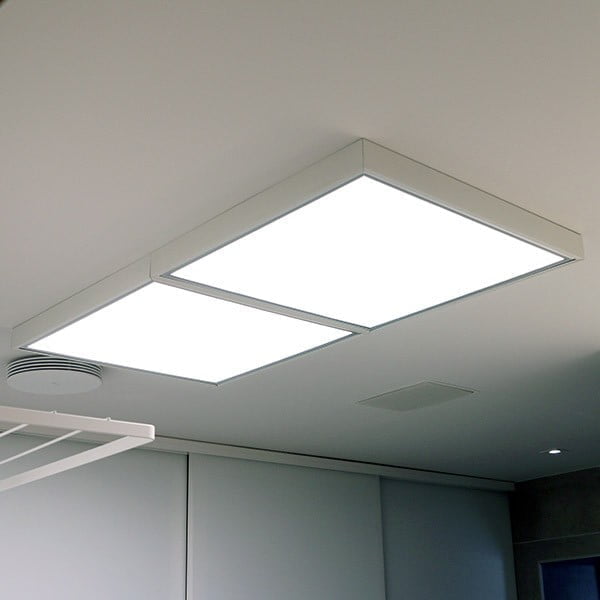
The experience of the intensity of the illumination depends on the size of the surface from which the light is coming. This is particularly important when choosing an LED panel. At a practical level, the perceived brightness of a 10 watt, 800 lumen LED luminaire depends on the surface area of the luminaire’s illuminating surface. The amount of light produced by an LED is unambiguously revealed by looking at the lumen output (lm) of the product, but lumens emitting from a smaller surface area appear brighter than luminaires emitting the same amount of lumen from a larger surface area. This is technically a higher surface luminance of a smaller luminaire, even if the amount of light produced in (total) lumens is the same. Both are good, but you should choose luminaires of the same size in the same space to achieve a balanced lighting effect.
A diffuser in a luminaire ensures that light is reflected evenly from the surface of the luminaire. For panel and ceiling luminaires, we use high quality, opal-treated, durable, matt acrylic plastic. The aluminium profiles of our LED strips in all our models also come with an opal, glossy glare shield that can be installed on the surface of the profile to smooth out the sharpness of the LED strip and protect the strip from dust, dirt and splash water.
The effect of light colour temperature on the experience of lighting efficiency
The most common colour temperatures of light used in LED lighting are the so-called. warm white, 3 000 Kelvin and neutral white, 4 000 Kelvin. The higher the Kelvin reading, the brighter and “colder” the light looks, even if the lumens are the same. Thus, changing the hue of the light to a more neutral one may require dimming. For example, for work spaces, we recommend a neutral or cool light colour, as it is perceived as somewhat easier to see.
The advantage of dimming LEDs is that even when dimmed, the colour of the light does not change. This is not the case with halogens and incandescent lamps, where dimming dims their light to a more yellowish hue.
LEDs can also be used to achieve a warm yellow hue, as the new LED luminaires allow the colour temperature of the light to be adjusted. This gives , for example, a yellowish light of 2500 Kelvin at its warmest and a daylight-type light of 6500 Kelvin at its “coldest”. This feature is called CCT, or colour temperature controlled luminaires.
Versatile LED dimming options
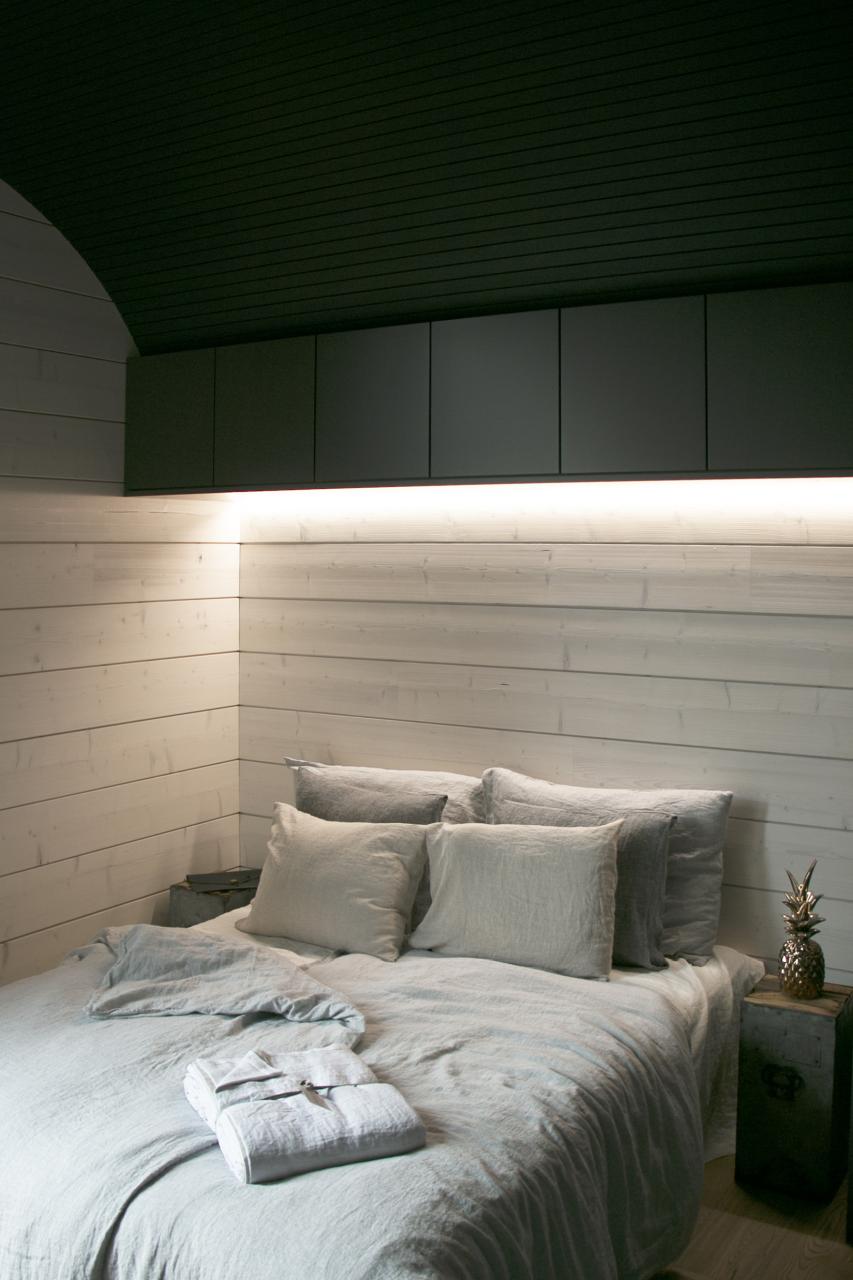
Dimming is a comfort-enhancing factor, for example in the evening and at night. Most of the products in the LedStore range are dimmable. You can more safely leave the LEDs on, for example. for low illuminance, for example in toilets, as they consume very little power. However, it’s worth remembering that 50 000 hours of 24-hour use will be reached in just five years. All our LED luminaires are dimmable, including LED spotlights, panels, plafond, strip and LED bulbs replacing incandescent and halogen lamps.
Led luminaires can be dimmed using a wired or wireless wall button, remote control, touch switch or smart device (Android, iOS), depending on the system selected.
Dimming is not available for wall lights, pendant lights, 50W track lighting (15W and 30W are dimmable), outdoor lights, auxiliary lights (vehicle lights), work lights or LED tubes.
Dimming of Led lights with wireless or wired control
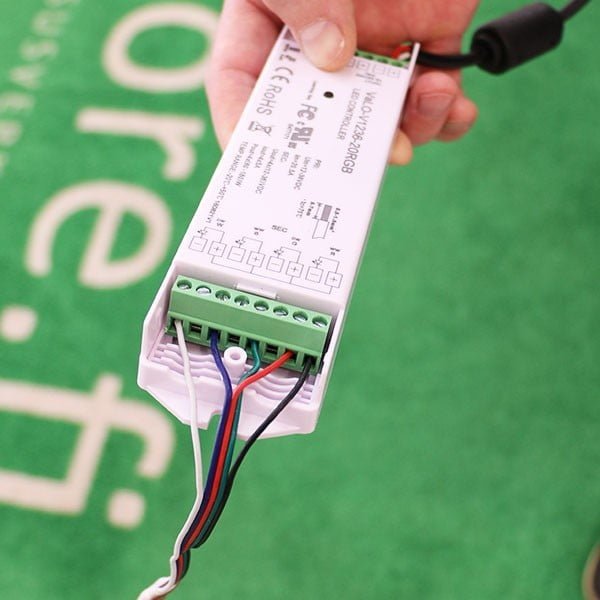
A professional electrician will know what type of dimming technology is needed for your specific application. For example, wireless dimming can be used in places where there is no pre-existing light or where it is not worth drawing power to the light switch. Wireless dimming requires a receiver to be connected to the luminaire and a wireless control button to operate the luminaires. A wireless connection is established between them. Wireless dimming is ideal for use with CCT adjustable luminaires, for example, as the same button can be used to adjust both the hue of the light and dim the luminaire.
We have several wireless (secondary dimming) control methods for using dimming. For dimming LED lights, rotatable, one- and two-piece control units are available, operated by remote control, as well as control units that can be connected to the house WiFi network, operated by an iOS or Android device. Our family of wireless dimming products is called VaLO-Wireless Control by LedStore.
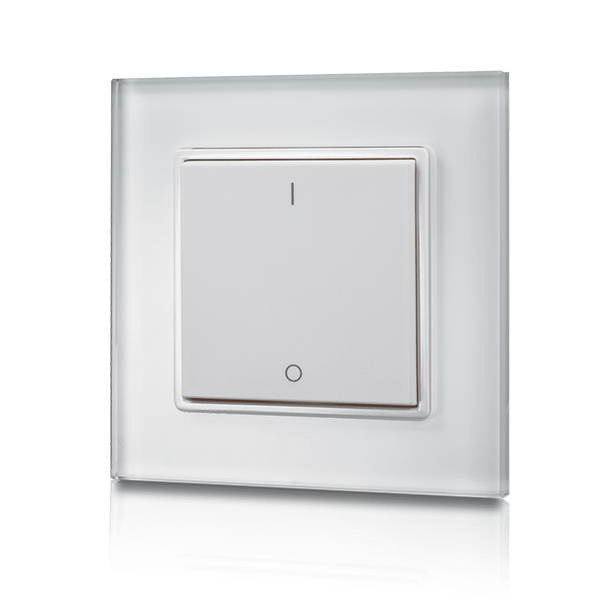
The LED strip can also be dimmed with a touch dimmer mounted on the profile if the LED strip is within touching distance, such as in a kitchen partition. This is a simple method, as the glow dimmer itself can be mounted directly on the LED profile, under the diffuser.
For wired dimming, the traditional rotary pushbutton is most often used. In this case, the luminaire or LED strip transformer must be suitable for dimming (e.g. TRIAC). We only have wired dimming buttons (for primary side dimming) in the rotary model.
Many LedStore luminaires can also be dimmed in combination with dimmers from other manufacturers. We are actively testing the compatibility of dimmers with different manufacturers’ models. You can ask us for more information, or bring your dimmer to us and we will test if our luminaires work with your existing dimmer, typically a rotary wall button. With an incompatible dimmer, the light may not burn continuously, may dim poorly or may buzz.

